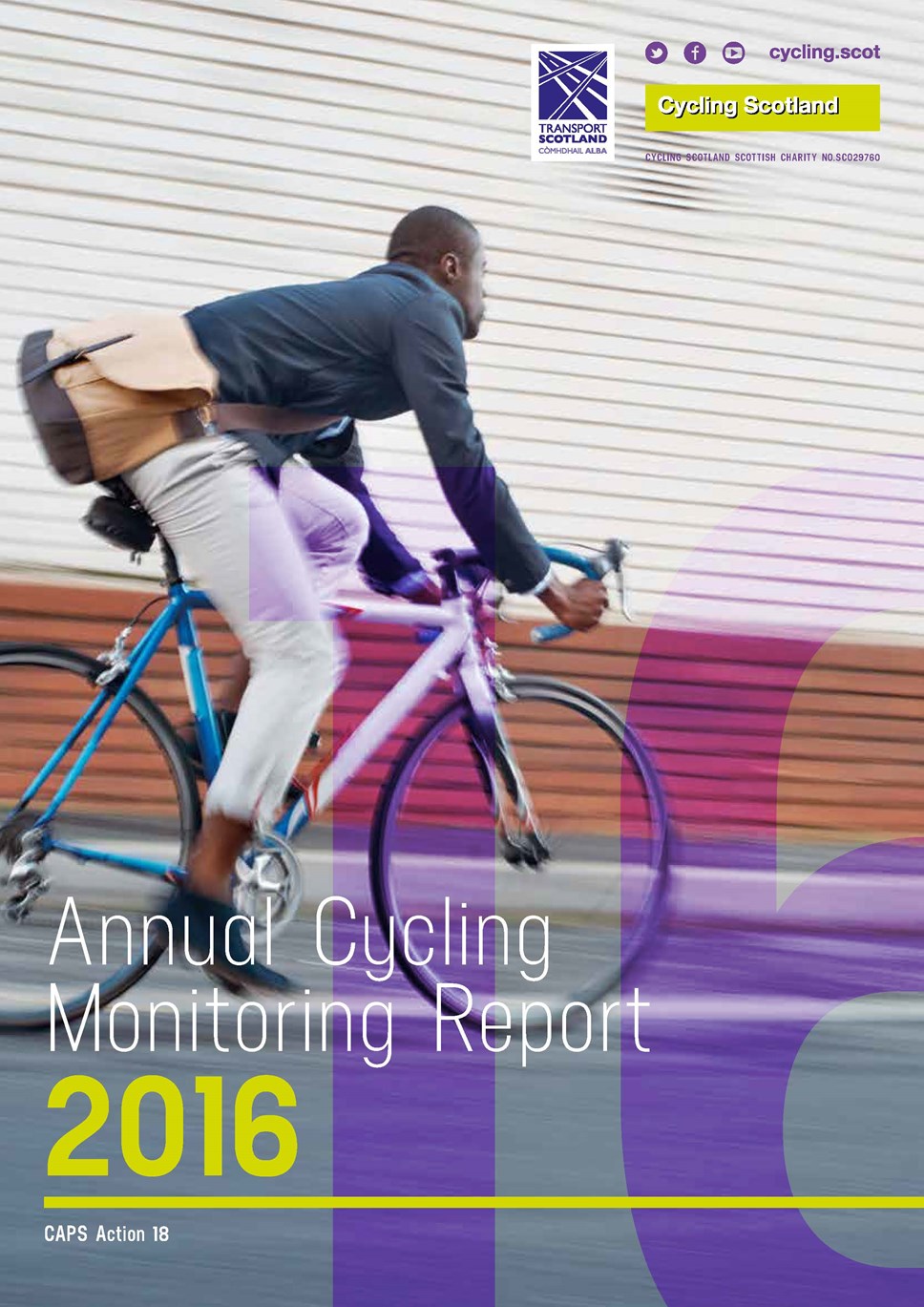
Moray cycling rates higher than national average, says Cycling Scotland report
Cycling Scotland’s Annual Cycling Monitoring Report launched yesterday (16th February), has found that cycling rates in Moray are higher than the national average, with 1.9% of the population choosing cycling as their main mode of transport.
The report, which examines a range of data and statistics from both a national and local point of view, found that the top three wards for cycling to work in Moray were Forres (5.79%), Heldon and Laich (3.78%) and Elgin City North (3.69%), while the percentage of children stating that they cycle to school is an impressive 7%, against the national average of 5%.
Luke Phillips, Cycling Scotland monitoring and development officer said, “Cycling Scotland’s Annual Cycling Monitoring Report provides a robust set of data that allows us to create a picture of Scotland’s cycling habits over time.
“Moray has made great strides in encouraging more people to cycle and has great potential to go further with sustained investment in infrastructure, cycle training and other initiatives to encourage and enable people of all ages and abilities to enjoy cycling.”
Cllr John Cowe, chair of Moray Council’s Economic Development and Infrastructure Committee, said, “I’m pleased there has been an increase in cycling rates in Moray. We have recently incorporated a 4.5 mile cycle route into the Elgin flood alleviation scheme between the nearby towns of Lhanbryde and Elgin, and have many other formal cycle routes in the area, all of which helps more people to get on their bike and enjoy cycling locally.”
Other areas reporting high levels of cycling as a main mode of transport include Dundee City (4.2%) Edinburgh City (4.2%), Orkney Islands (3.4%), Highlands (3.1%) and South Ayrshire (2.2%). Within the Highland area, Inverness wards hold all three top spots for cycling to work with Inverness Ness-side at 6.24%, Inverness Central at 5.93% and Inverness Millburn at 5.43%.
Nationally, cycling as a main mode of travel in Scotland was estimated at 1.4% in 2014 while the volume of traffic was 339 million vehicle kilometres travelled, a 46% increase since 2004. In addition, 11% of adults participated in cycling in the previous month.
Produced by Cycling Scotland, the Annual Cycling Monitoring Report provides insight into national and local cycling trends and statistics across Scotland. The report presents a national picture covering topics including levels of cycling - particularly cycling to work or study - cycle training, perceptions of cycling, road safety and delivery of cycling projects related to the Scottish Government’s Cycling Action Plan for Scotland 2013. Download the Annual Cycling Monitoring Report at www.cyclingscotland.org/policy/monitoring, or open the pdf version on this page.
Moray Council area stretches from Tomintoul in the south to the shores of the Moray Firth, from Keith in the east to Forres in the west. The council and its 4,500 employees respond to the needs of 92,500 residents in this beautiful part of Scotland, which nestles between Aberdeenshire and the Highlands.
Famous for its colony of dolphins, fabulous beaches and more malt whisky distilleries than any where else in Scotland, Moray is a thriving area and a great place to live.
Headquartered in Elgin, the administrative capital of Moray.
